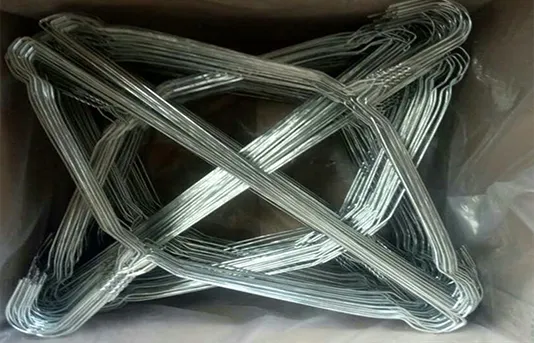-
 Phone:
Phone: -
 Email:
Email:

Techniques for Weaving Durable Chain Link Fences for Enhanced Security and Longevity
The Art of Chain Link Fence Weaving
Chain link fences are a common sight in residential, commercial, and industrial areas. Known for their durability, cost-effectiveness, and versatility, these fences serve multiple purposes, from security to aesthetic appeal. But have you ever considered the intricate art behind chain link fence weaving? This process is more than just a method of assembly; it’s a craft that combines functionality with design, creating strong barriers that stand the test of time.
Historical Overview
The origins of chain link fencing date back to the 19th century when it emerged as a practical solution for enclosing properties and securing livestock. Initially, woven wire fencing was primarily made using metal wire twisted together in an interlocking pattern. This method gradually evolved into the modern chain link design we recognize today. With the introduction of galvanized wire, chain link fences became even more robust and resistant to rust, making them suitable for various environments.
The Weaving Process
The process of weaving chain link fences is both an art and a science. It begins with high-quality steel wire, which is drawn to the desired gauge. The wire is then coated with a layer of zinc to improve corrosion resistance. Once the preparation is complete, it proceeds to the weaving stage, where the wire is fashioned into long strands.
Weaving involves intertwining the strands in a diagonal pattern, creating the iconic diamond design. This configuration not only enhances the structural integrity of the fence but also provides visibility and ventilation, making it an ideal choice for residential yards, playgrounds, and sports fields. The weaving process can be done by hand for small-scale projects or by machine for large installations, ensuring precision and uniformity.
Functions and Benefits
chain link fence weaving

Chain link fences serve several purposes that make them popular among homeowners and businesses alike. First and foremost, they provide security. Whether enclosing a backyard or protecting a commercial property, the steel structure offers a formidable barrier against unauthorized access. Additionally, their see-through design allows for visibility, which can deter potential intruders.
Another significant advantage of chain link fences is their low maintenance requirements. Unlike wooden fences that may rot, warp, or require frequent painting, chain link fences offer a long-lasting solution that withstands harsh weather conditions. A quick rinse with a garden hose is typically enough to keep them clean and looking new.
Chain link fencing also boasts versatility in its applications. They can be customized in terms of height, color, and gauge to fit different environments and aesthetic preferences. For added privacy, slats can be inserted into the chain link fabric, creating a more secluded atmosphere while maintaining the fence’s structural integrity.
Environmental Considerations
In recent years, the manufacturing process of chain link fencing has become more eco-friendly. Many companies are focusing on using recycled materials in their products, reducing waste and energy consumption. Additionally, the longevity of chain link fences means they contribute to sustainability efforts, as fewer resources need to be expended on replacements and repairs.
Conclusion
Chain link fence weaving is a fascinating blend of craftsmanship and engineering that symbolizes strength and security. From its historical roots to modern applications, the art of weaving chain link fences has evolved, but its core principles remain the same. As you consider your own fencing needs, take a moment to appreciate the intricate process behind this seemingly simple structure. Whether for practical purposes or aesthetic enhancement, a well-crafted chain link fence can significantly impact any property, combining form, function, and artistry in a truly unique way.
-
Wire Mesh for Every Need: A Practical SolutionNewsJul.25,2025
-
Steel Fences: Durable, Secure, and Stylish OptionsNewsJul.25,2025
-
Roll Top Fencing: A Smart Solution for Safety and SecurityNewsJul.25,2025
-
Cattle Farm Fencing Solutions for Maximum SecurityNewsJul.25,2025
-
Affordable Iron Binding Wire SolutionsNewsJul.25,2025
-
Affordable Galvanized Wire SolutionsNewsJul.25,2025
-
Wire Hanger Recycling IdeasNewsJul.25,2025








